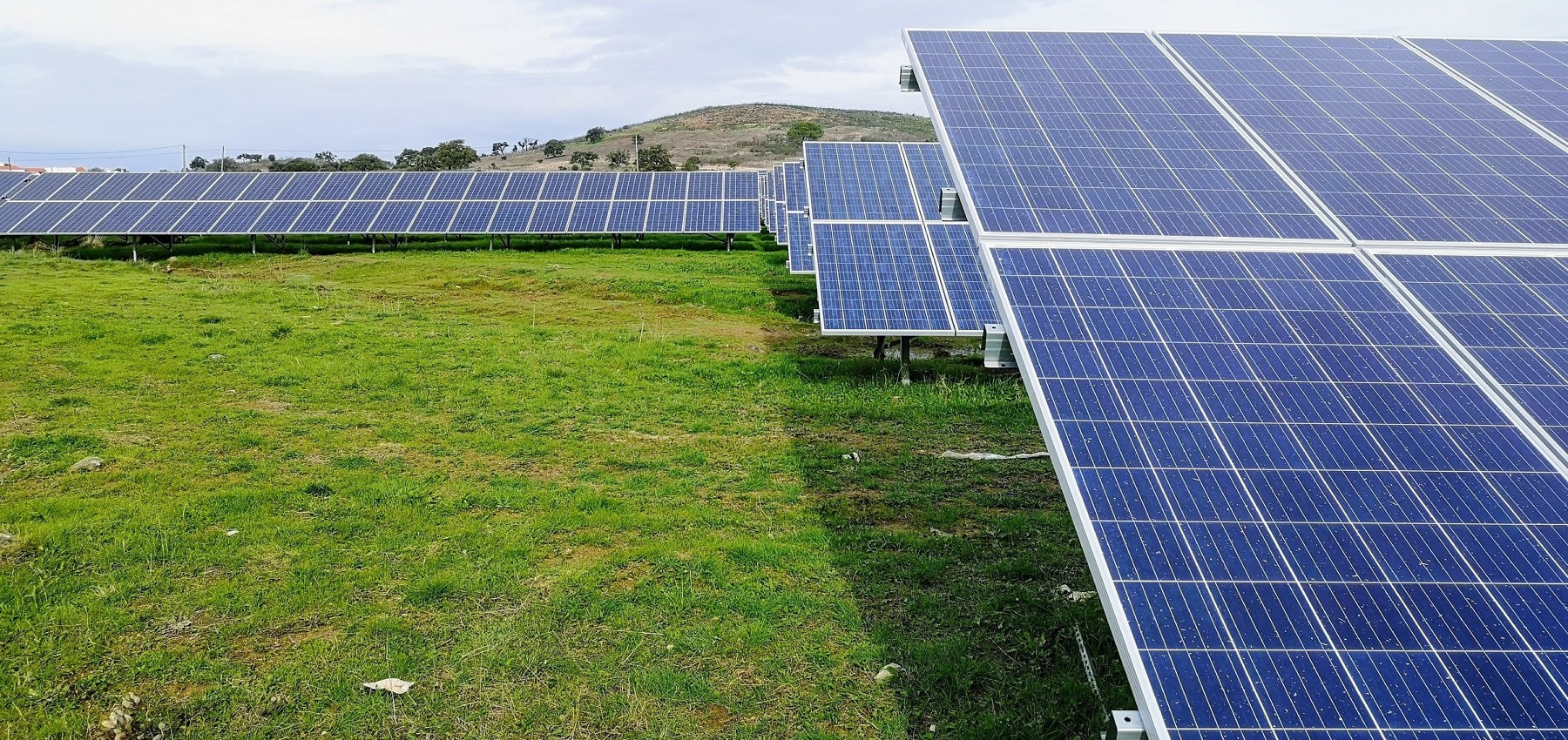Understanding Existing State & Local Regulatory Structures
Structural differences in state governance mean there is no single way that states regulate solar development, or write farmland protections into state laws and regulations.
Some states have implemented comprehensive solar development rules addressing siting considerations, metering, interconnection, and rate design for small, medium, and large-scale arrays in a variety of locations. Other states have made few changes to existing land use and energy permitting laws to address the expansion of distributed energy resources.
However, as the desire for solar generation capacity steadily increases, each state is likely to face the tension between energy development and agricultural uses, and strategies for farmland protection to address this tension are developing rapidly. The criteria for approving new solar arrays, and the conditions placed on their construction and operation, vary widely from state to state.
State solar siting policies “live” in many different places within state law.
Siting requirements may be found in state land use and energy permitting laws requiring a certificate of approval from state siting boards. They may be found in state public utility commission regulations regarding solar net-metering programs and feed-in tariffs for commercial scale solar development, as well as in department of revenue rules for “current use” and property taxation. Stand-alone state laws can also establish special rules for solar development or farmland protection.
A variety of state agencies may have authority over agriculture, energy, land use, and economic development.
The US electric industry comprises over 3,000 public, private, and cooperative utilities, more than 1,000 independent power generators, and over 700,000 homes and businesses with onsite solar generating systems. 13 There are three regional synchronized power grids, eight electric reliability councils, about 140 control-area operators, and thousands of separate engineering, economic, environmental, and land-use regulatory authorities.
— Lazar, J. (2016). Electricity Regulation in the US: A Guide. Second Edition. Montpelier, VT: The Regulatory Assistance Project.
State public utility commissions (also called public service commissions or boards) regulate how electric service is provided to customers, and the rates charged for electricity. They often develop regulations about how state energy goals are met, establish rules for net-metered solar arrays and approve other energy tariffs for solar development.
State agencies of agriculture are usually responsible for making rules related to farming, farmland, forestry, and food. How each state defines categories of farmland within existing state agricultural laws may provide a basis for creating rules for solar development for these categories.
State natural resource agencies are often delegated broad authority over water and air quality, soil health, wildlife, and land management. Solar arrays may require one or more natural resource management permits addressing wetlands protection, erosion, land disturbance, and stormwater management. State natural resource agencies are also well-suited to identify alternate sites for solar development, including brownfields, landfills, superfund sites, and previously developed land.
Other state agencies, including the departments of energy and taxes, may also be active players in solar policy development and implementation.
The role of municipal and county governments in solar development differs across states.
The Constitution of the United States does not provide for local governments. Rather, the 10th Amendment to the Constitution gives states broad authority over any non-federal matters, including the power to create and delegate authority to subdivisions of government, like municipal corporations. Relationships and divisions of authority between state, county, and municipal governments are incredibly diverse across the United States.
Sometimes, state legislatures delegate broad powers to municipalities to regulate local land uses, and solar arrays will need permits from a variety of local building, planning, zoning, and conservation boards. Other states delegate power over energy infrastructure, including land use considerations, to the state public utility commission, leaving little role for municipalities in regulating solar development.
State constitutions vary in the level of power they grant to local governments. Generally, “Dillon’s Rule” holds that a municipal corporation can exercise only the powers explicitly granted to it, and if there is a reasonable question as to whether a power has been conferred to a local government, then it has not. In “Dillon’s Rule” states, municipalities may have limited power to regulate solar arrays outside of the land use authority already delegated by the legislature. Other states have adopted “home rule” laws that confer greater authority and autonomy to local governments, including towns, villages, municipalities, and/or counties. In these “home rule” states, municipal governments may enact ordinances regulating solar development even without the express legislative direction, so long as they do not conflict with state law.
- Tanuj Deora, et al., Distributed Energy Resources 101: Required Reading for a Modern Grid, Advanced Energy Economy , Feb. 13, 2017 (https://blog.aee.net/distributed-energy-resources-101-required-reading-for-a-modern-grid)
- National League of Cities, Cities 101: Delegation of Power, Dec. 13, 2016, https://www.nlc.org/resource/cities-101-delegation-of-power (Accessed Feb. 5, 2020).
